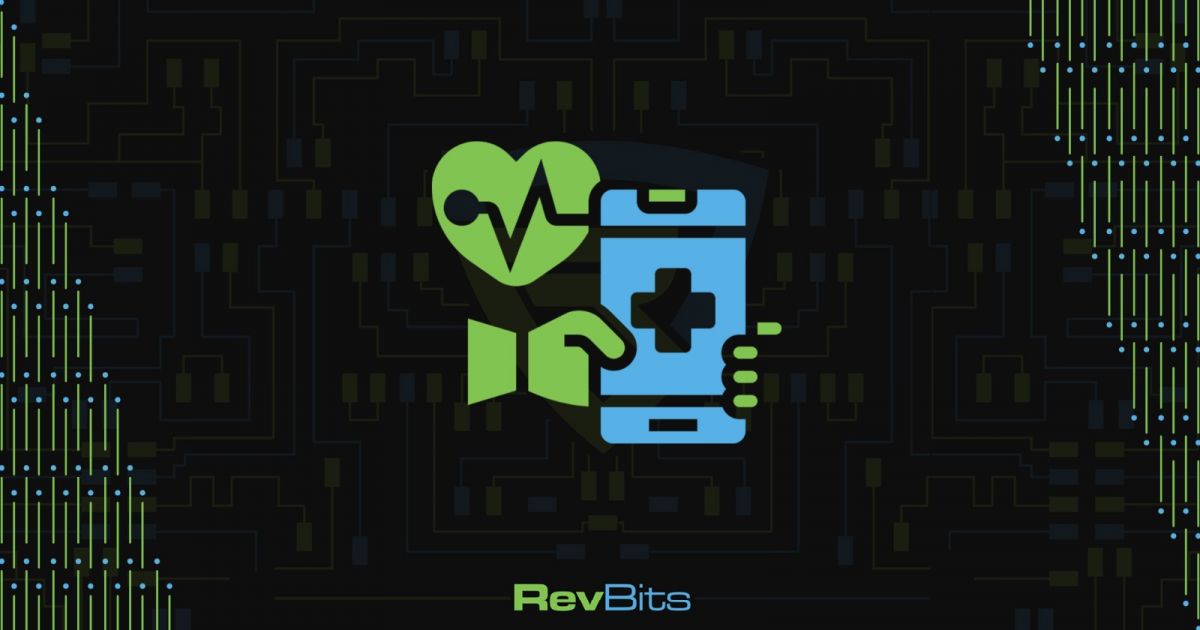Cybersecurity In Healthcare: Considerations For Improvement

This blog will provide tips that can help lower a healthcare organization's vulnerability to a significant cyberattack.
The healthcare environment has become a prime target for cybercrime over the past number of years. Attacks on healthcare grew with the Covid-19 pandemic as cybercriminals targeted hospitals, vaccine research companies, and other frontline healthcare provider organizations. With the treasure trove of highly valuable Personally Identifiable Information (PII) and more specific Protected Health Information (PHI) held by healthcare providers and facilities, these environments' targeting will likely continue to grow and become more sophisticated.
A data breach of a healthcare environment will impact the organization's credibility and potentially impact patients. Further, the legal ramifications that can befall a healthcare provider or facility for not providing adequate cybersecurity could be financially impactful and have legal consequences for executives.
Tips to Improve Healthcare Cybersecurity
Healthcare, like other industries, have grown in their use and reliance on IT infrastructure to manage day-to-day operations, manage patient records and interactions, and integrate multiple devices and technologies to deliver services. Medical services rely more and more on internet facilities to provide medical outcomes, which relied more often on analog machines and manual care. With the incorporation of technology and digitalization, the healthcare sector has become more efficient and precise, leaving no margin for technical errors.
However, as with any other industry, the healthcare industry has become more susceptible to cybersecurity breaches and incidents. However, as previously stated, the lucrative data in specific healthcare environments increase criminals' desire to attempt unauthorized access.
This blog will provide tips that can help lower a healthcare organization's vulnerability to a significant cyberattack if followed appropriately.
The most common cybersecurity weakness in an organization is the individual user. It can be challenging to make ordinary users understand how the information they are working with is crucial to the organization's daily function and further challenging to have them understand their role in data protection. Healthcare organizations must work to build awareness among their employees to protect data and systems that they work with to protect patient information.
Most security awareness efforts can be accomplished by establishing cybersecurity training initiatives and procedures delivered regularly. For example, instituting frequent training sessions and establishing a cybersecurity culture that requires all employees to meet baseline security capabilities will help support the overall goal of security improvement.
If every user in the organization shares an improved cybersecurity vision, the entire organization will become more secure.
Firewalls are essentially digital gatekeepers that stand between a potential threat and the data on valuable network assets. Firewalls work by monitoring ongoing network traffic and block unauthorized access from various systems and assets.
Firewalls remain a critical first-line protocol for implementing a defense-in-depth cybersecurity architecture. As is common in all industries, firewalls are essential in the healthcare sector. Firewalls help protect against breaches and unauthorized access to the network and valuable network assets. To enhance firewalls' effectiveness, ensure proper configuration and routinely monitor for poor configuration and other vulnerabilities.
Proper firewall use and configuration by healthcare security experts can help ensure that users are blocked from harmful websites and other exploitations, making the network less vulnerable.
As previously mentioned, the establishment of firewalls is critical. Still, in some instances, breaches occur - in the case of a breach and to ensure that only authorized access to an asset is allowed, it is equally critical that a Privileged Access Management (PAM) system is in place. In simple terms, PAM allows administrators to establish proper access to essential assets of the network and will ensure that access is monitored for abuse.
This approach is called 'Role-based Access Control,' where users are given authorization over practices as per their roles. Users are authorized to access only the information that is needed to perform their tasks.
Firewalls can act as the first line of defense, but intrusions happen, nonetheless. To help protect against an errant employee action that brings a malicious executable to the network, ensure that a robust endpoint protection solution is in place.
Endpoints likely represent the largest attack landscape in the network, therefore, present the most likely entry point for malware or ransomware.
Since the data maintained by healthcare industry organizations are so valuable, the targeting can be sophisticated to improve attack success. An advanced next-generation endpoint protection solution is critical to ensure that the most sophisticated malware can be detected and blocked.
Mobile devices are prone to cyber threats and represent a big risk for information security. Based on their mobility, these devices are vulnerable to theft and loss by employees. Further, suppose an employee is not careful. In that case, they can unwittingly connect the mobile device to an unsecured network and expose the network and healthcare organization to unauthorized access and theft of valuable healthcare data.
Portable devices are often used for wireless data transfer. This data transfer can be risky and can be intercepted unless proper protocols are in place to ensure data transfer security, such as proper encryption methodologies.
Conclusion
Healthcare, like other industries, have grown in their use and reliance on IT infrastructure to manage day-to-day operations, manage patient records and interactions, and integrate multiple devices and technologies to deliver services. Medical services rely more and more on internet facilities to provide medical outcomes, which relied more often on analog machines and manual care. With the incorporation of technology and digitalization, the healthcare sector has become more efficient and precise, leaving no margin for technical errors.
The best approach is to monitor your cybersecurity standing, look for gaps, assess solutions to fill those gaps, and deploy highly effective solutions.

